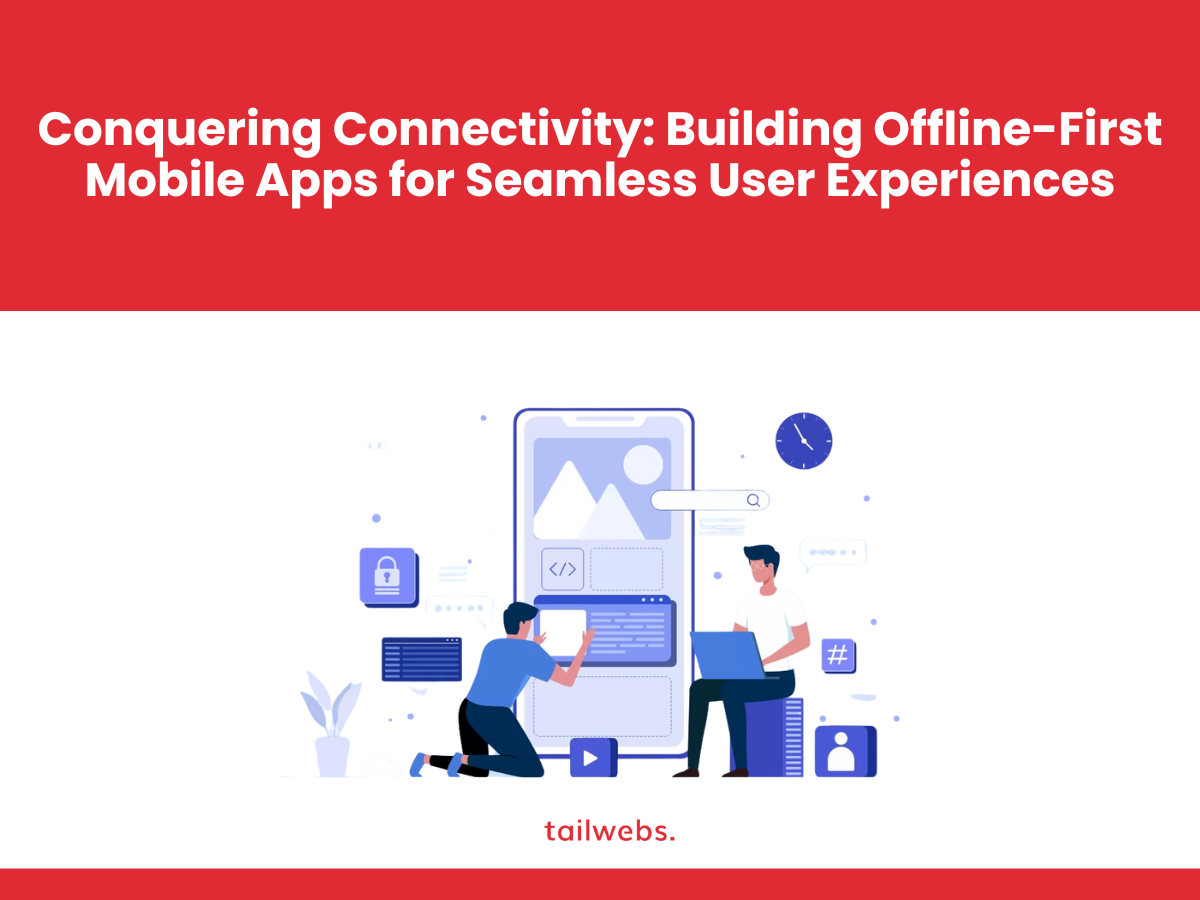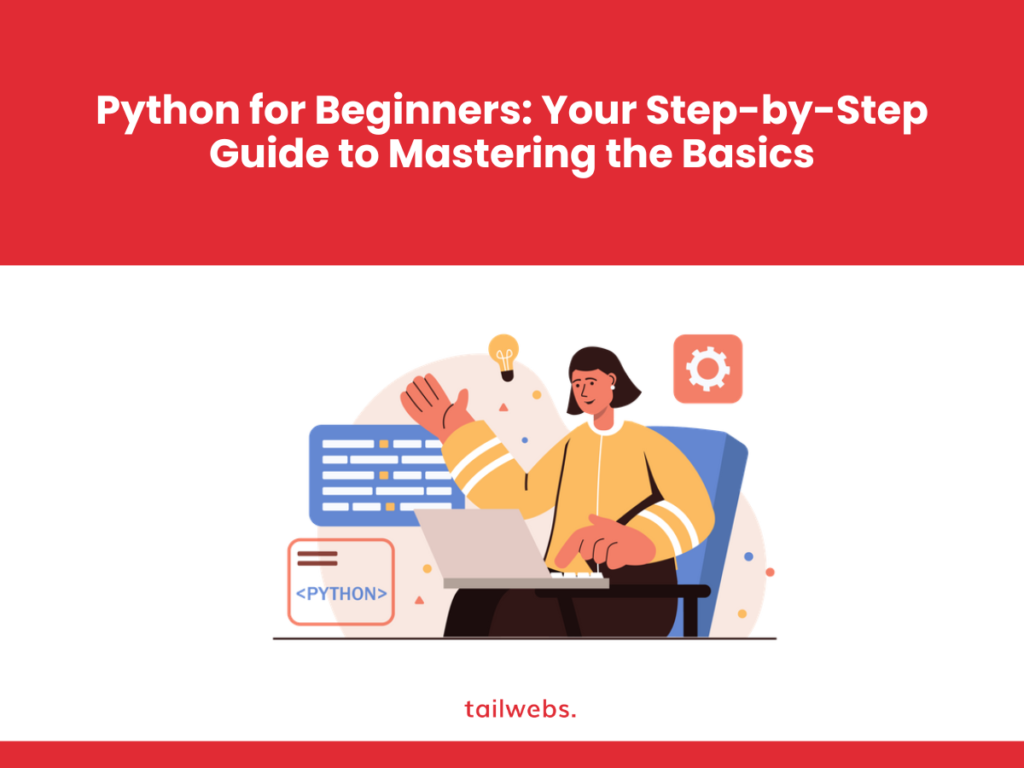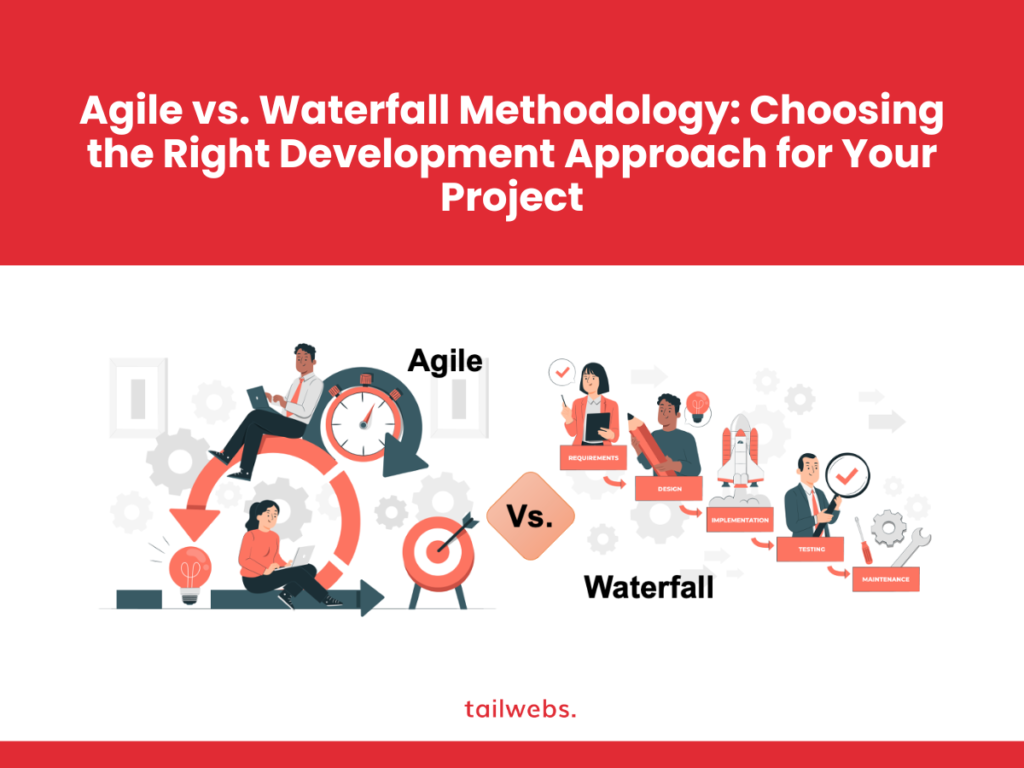In today’s hyper-connected world, we often take seamless internet access for granted. But for millions of users globally, unreliable or even non-existent connectivity is a daily reality. This is where offline-first mobile apps step in, becoming champions of user experience in the face of limited connectivity.
Imagine being halfway through editing a document on your phone when the network drops. Or planning a trip on a travel app only to find yourself in a connectivity vacuum. These scenarios, frustrating for any user, highlight the limitations of traditional, online-dependent apps.
Offline-First to the Rescue:
An offline-first approach flips the script. Instead of assuming constant internet access, these apps prioritise local data storage and functionality, empowering users to:
- Access core features: Edit documents, browse saved content, or manage tasks even without a signal.
- Work on the go: Download maps, music, or ebooks for offline enjoyment.
- Sync seamlessly: When connectivity returns, changes made offline are automatically synced with the cloud, ensuring data consistency.
The Benefits Beyond Connectivity for Mobile Apps:
The advantages of offline-first apps extend far beyond simply conquering connectivity hurdles. They offer:
Improved performance:
Local data access eliminates lag and ensures a smooth, responsive user experience, even on low-bandwidth connections.
Enhanced user satisfaction:
Frustration-free app usage, regardless of online status, fosters user loyalty and positive engagement.
Global reach:
Offline functionality opens doors to markets with unreliable internet infrastructure, expanding your app‘s potential audience.
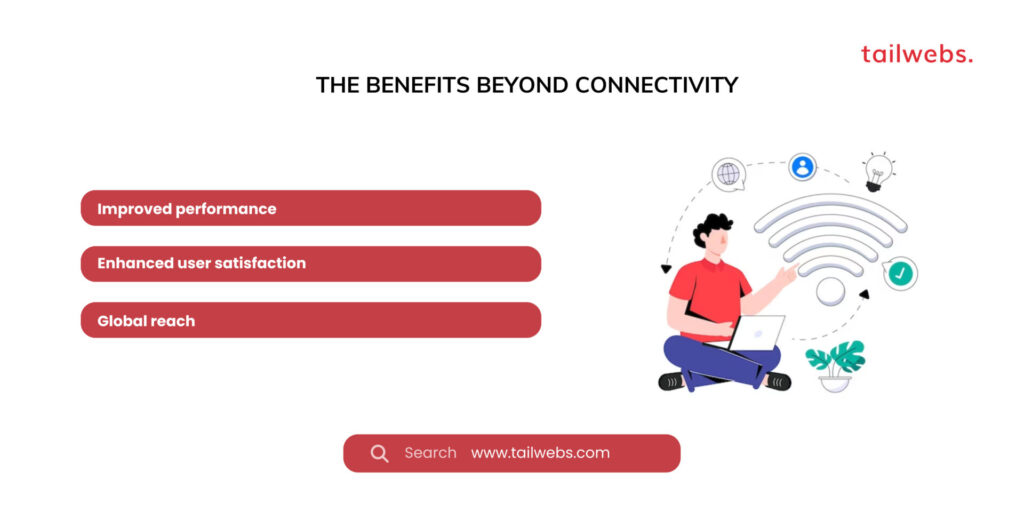
Building Blocks of a Stellar Offline Experience:
Creating a truly seamless offline experience requires careful consideration of key elements:
Data Persistence:
Utilise local storage solutions like SQLite or IndexedDB to store essential data and user progress offline.
Offline-First UI/UX:
Design intuitive interfaces that function effectively without network access. Provide visual cues to indicate offline status and inform users about pending syncs.
Smart Caching:
Cache frequently accessed data and resources for quick offline retrieval, minimising reliance on live network requests.
Conflict Resolution:
Develop strategies to handle data conflicts that may arise when online and offline changes occur simultaneously. Consider optimistic locking or last-write-wins approaches.
Seamless Synchronisation:
Implement efficient sync mechanisms to ensure smooth data exchange between local and cloud storage once connectivity is restored.
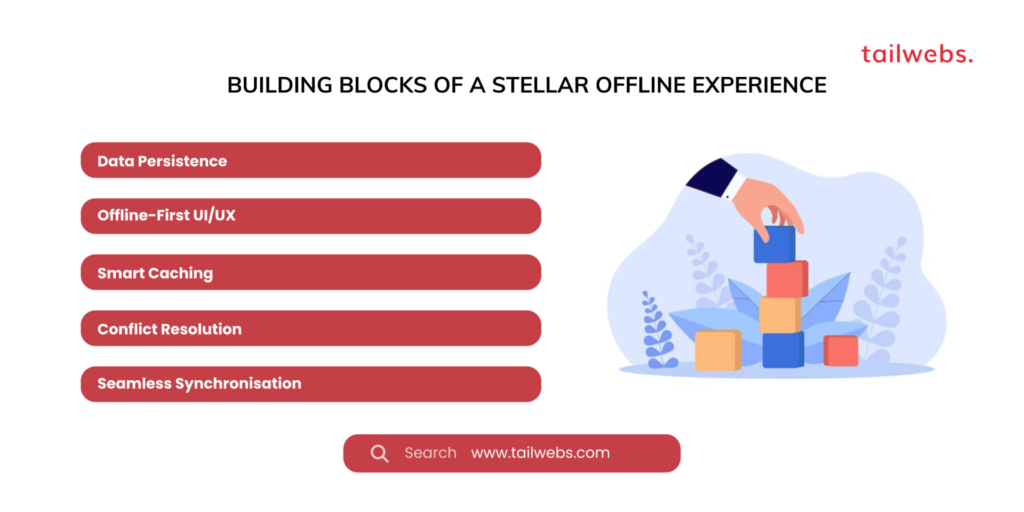
Examples of Offline-First Success:
Numerous mobile apps have embraced the offline-first philosophy to great success. Here are a few inspiring examples:
- Spotify: Download playlists and podcasts for offline listening, ensuring uninterrupted music even during commutes or flights.
- Evernote: Capture notes and edit documents anytime, anywhere, with automatic sync upon regaining connectivity.
- Google Maps: Download offline maps for turn-by-turn navigation, conquering uncharted territories without relying on data roaming charges.
Embracing the Offline Opportunity:
- The global mobile landscape is teeming with users facing connectivity challenges. By prioritising offline functionality, developers can not only cater to these often-overlooked populations but also enhance the overall user experience for everyone. Remember, seamlessness thrives in all environments, online and offline alike. So, embrace the offline-first revolution and watch your app soar to new heights of user engagement and global reach.
Additional Tips for Offline-First App Success:
- Communicate clearly: Inform users about offline capabilities and limitations within the app.
- Provide feedback: Keep users informed about data syncing progress and potential conflicts.
- Test rigorously: Thoroughly test offline functionality across various network conditions and devices.
- Prioritise security: Implement robust data encryption measures to protect user information stored offline.
- By following these best practices and embracing the offline-first philosophy, you can empower your mobile app to thrive in any connectivity environment, delivering a seamless and satisfying user experience to everyone, everywhere.
Remember, in the vast universe of mobile apps, those that conquer connectivity stand out as shining stars, illuminating the path towards a truly inclusive and user-centric future. So, go forth, champion the offline-first revolution, and build apps that empower users to conquer connectivity barriers and experience the full potential of mobile technology.
Diving Deeper into the Offline-First World: Advanced Strategies and Challenges
We’ve established the power of offline-first mobile apps in delivering seamless user experiences despite connectivity limitations. Now, let’s delve deeper into the technical nuances and explore advanced strategies and challenges that come with building these champion apps.
Advanced Techniques for Offline-First Mastery:
Progressive Caching:
Go beyond basic caching by implementing “progressive caching,” where resources are downloaded in layers of increasing detail upon user interaction. This optimises bandwidth usage and ensures a smooth, progressively improving user experience as content loads.
Predictive Offline Usage:
Analyse user behaviour and app usage patterns to proactively pre-download frequently accessed data or features, anticipating potential offline needs and minimising lag.
Offline-First APIs:
Leverage offline-first APIs like PouchDB or Firebase for offline data management and synchronisation, simplifying development and ensuring data consistency across online and offline states.
Efficient Sync Strategies:
Utilise efficient synchronisation algorithms like optimistic locking or conflict resolution mechanisms to manage data conflicts arising from offline modifications, ensuring data integrity and seamless merging.
Hybrid Offline Approach:
For complex apps where certain features require online access, implement a hybrid approach where core functionalities remain offline-enabled while specific online-dependent features are clearly identified and accessible only when connectivity is available.
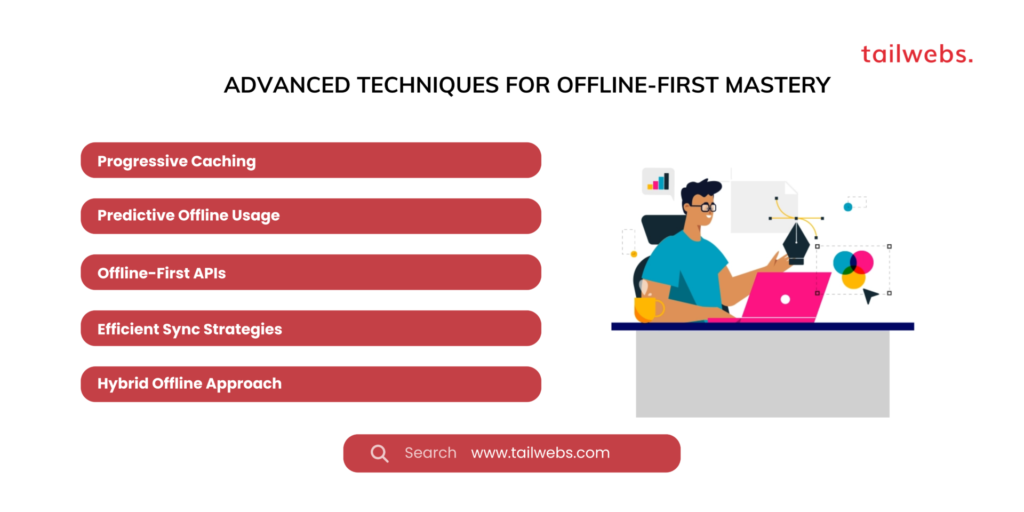
Conquering the Offline Challenges:
While the benefits of offline-first apps are undeniable, challenges do exist:
Increased Development Complexity:
Building robust offline functionality requires careful planning, additional development effort, and thorough testing across various scenarios.
Storage Management:
Balancing sufficient local storage for offline data with optimising app size and ensuring device performance can be a delicate dance.
Security Concerns:
Securely storing and managing sensitive data offline necessitates robust encryption and access control mechanisms to prevent unauthorised access or data breaches.
Data Consistency:
Implementing reliable data synchronisation and conflict resolution strategies remains crucial to avoid data inconsistencies and user frustration.
Testing and Debugging:
Rigorously testing offline functionality across diverse network conditions, devices, and usage scenarios is essential for ensuring a smooth and error-free user experience.
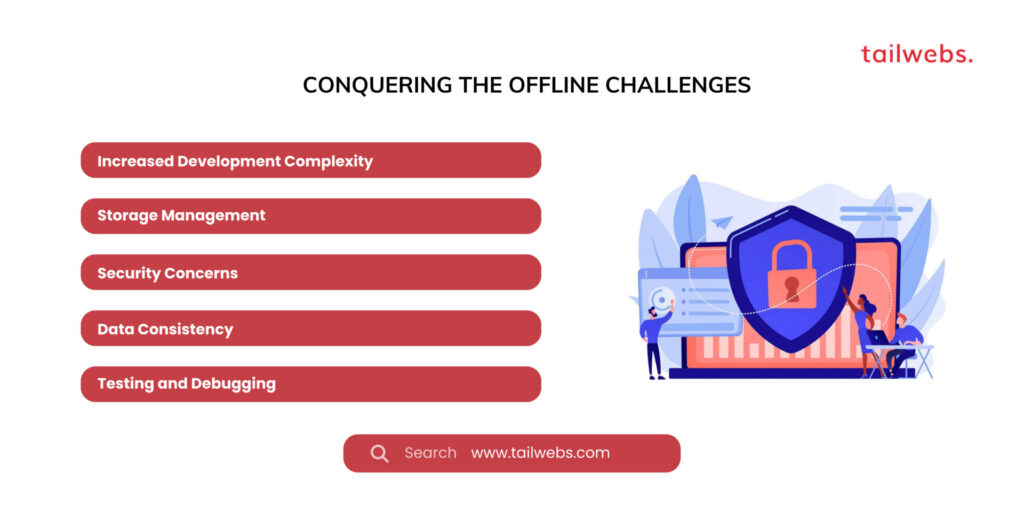
The Bright Future of Offline-First:
Despite the challenges, the future of offline-first mobile apps is bright. With advancements in technology, cloud storage solutions, and development tools, building robust and user-friendly offline experiences will become increasingly accessible.
This holds immense potential for:
Expanding global reach: Reaching underserved markets with limited or unreliable internet access.
Empowering diverse users: Providing seamless experiences for users on low-bandwidth connections or facing frequent connectivity disruptions.
Enabling offline productivity: Boosting user engagement and productivity by allowing core functionalities to function independently of online availability.
Embrace the Offline Opportunity:
In a world where seamless connectivity isn’t a universal reality, offline-first mobile apps offer a beacon of hope and empowerment. By embracing this approach, developers can create apps that not only cater to diverse user needs but also push the boundaries of what’s possible in the mobile landscape. So, dive into the offline-first world, conquer its challenges, and build apps that empower users to experience the full potential of mobile technology, anywhere, anytime.
Let’s continue the conversation! Share your thoughts, experiences, and questions about offline-first mobile app development in the comments below. Together, we can unlock a future where seamless user experiences reign supreme, regardless of connectivity constraints.
Remember, the road to offline-first mastery is paved with innovation, careful planning, and a passion for creating user experiences that transcend the limitations of connectivity.

